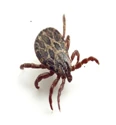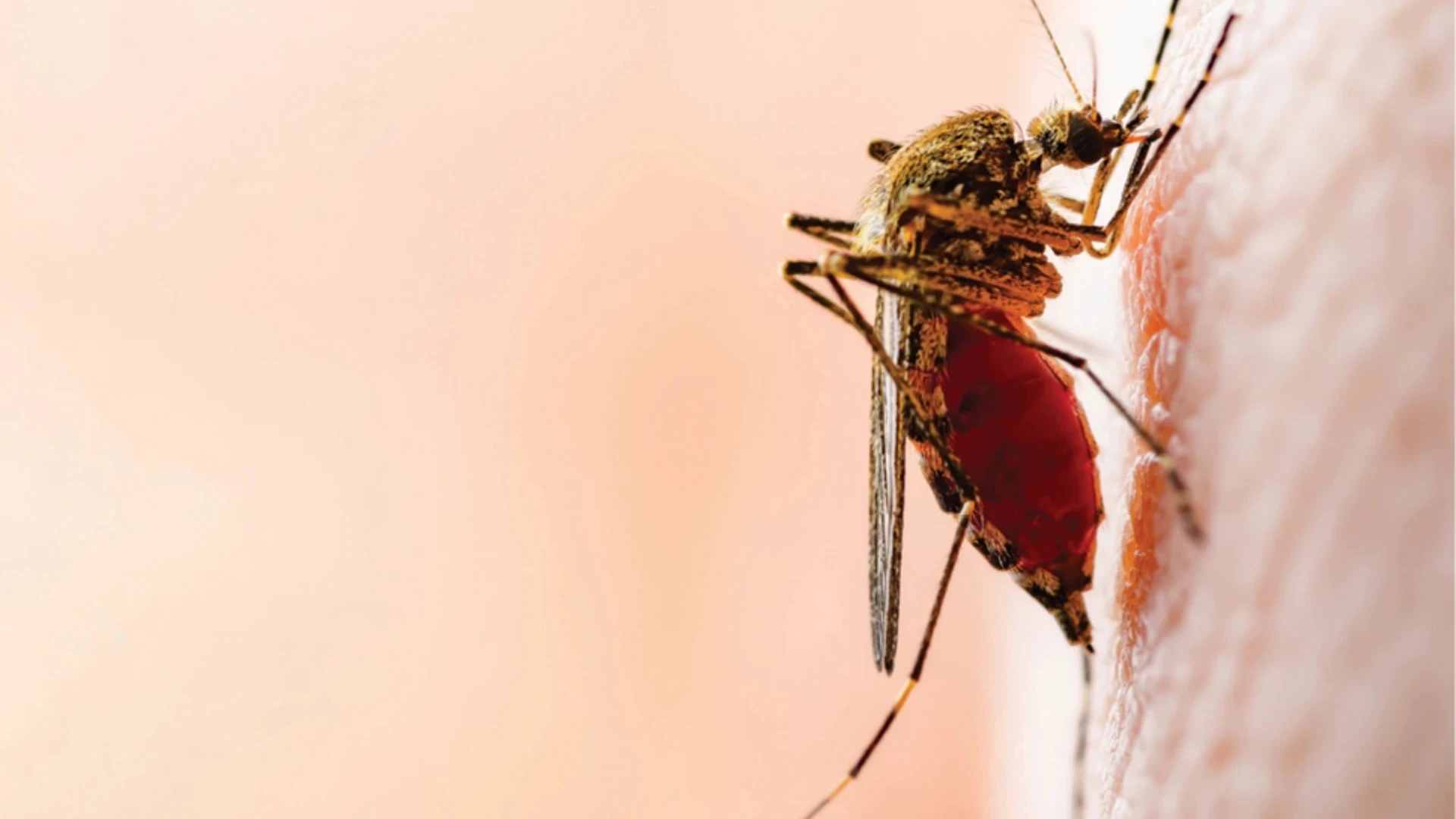
WOBURN, Mass. — Experts at Modern Pest Services are warning residents of Massachusetts about increasing tick populations this season. The short winter and early, unseasonably warm spring may lead to a high numbers of pests, especially ticks, which can be harmful to both humans and animals.
"Ticks can become active at 40 to 45 degrees and this year, we’ve already had several days with temperatures well above that, so ticks are becoming much more prevalent.” said Mike Peaslee, technical manager at Modern Pest Services.
Peaslee added, "It’s also been reported that the amount of nuts produced by trees has declined this season and since nuts are a common food source for rodents, this could lead to a smaller rodent population. Because ticks like to feed on rodents, they may look for other food sources such as people and pets."
Ticks love dark, moist environments such as tall grass, weeds, low brush, leaf litter and wooded areas. Ways to prevent ticks include:
• reducing the amount of leaf litter and brush around your home
• keeping your lawn mowed and well maintained
• putting a mulch “barrier” around your property tree line to help keep ticks off your lawn
• moving swing sets or any recreation structures to the middle of your yard away from shrubs, bushes, tall grass and tree line
• having your property professionally treated by a pest management professional to help reduce tick populations.
Although ticks are commonly thought of as insects, they are actually arachnids like scorpions, spiders and mites with four pairs of legs and no antennae. They can appear as a very small, round, black or brown bump (the size of a fleck of black pepper) or quite large when fully engorged. Ticks are among the most efficient carriers of disease because they attach firmly to their host when sucking blood, feed slowly and may go unnoticed for a considerable amount of time while feeding.
The deer tick, often referred to as the black-legged tick, is known to spread Lyme Disease, which can be deadly. Ticks can also carry ehrlichiosis, anaplasmosis and babesiosis.
Ticks are the most common pest of domesticated dogs, so it’s very important to check your dog regularly and talk with your veterinarian about tick preventatives.
For more information please visit www.modernpest.com.
Latest from Pest Control Technology
- OvoControl Now Available in Chile
- Envu Announces Savings Programs for Pest Management Professionals
- Follow the Trail
- Carpenter Ants: Understanding the Bothersome Burrowers
- Massey Services Acquires Insight Pest Solutions of San Antonio
- Target Specialty Products Expands Sales Leadership Team
- Mosquito Joe Promotes David Price to Vice President of Strategic Growth
- Abell Pest Control Recognized as One of Canada’s Best Workplaces in 2025





